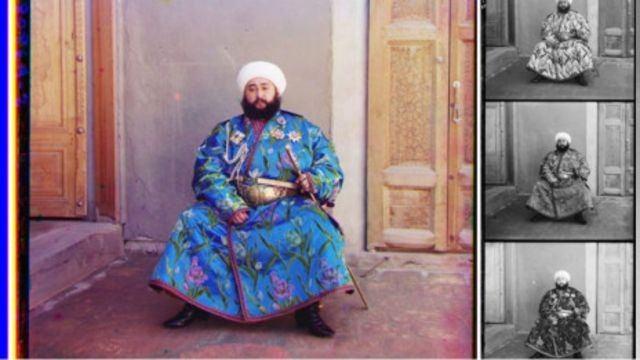
Color in the photographs, fascinating
#history
Photography was still lacking, the reproduction of colors. The first attempts were the initiative of Edmond Becquerel in 1848, then that of Niépce de Saint Victor, in 1851, who demonstrated that a silver plate coated with pure silver chloride directly reproduced colors, albeit in an unstable way.
In 1869, Louis Ducos du Hauron achieved, in Agen, the first color photograph applying the principle demonstrated by Maxwell of the decomposition of light through the three fundamental colors, red, yellow and blue. He took three photographs of the same subject, through a filter respectively red, blue and yellow. Of these, he obtained three positives of the same color from each of the filters used. By superimposing exactly the three images, he obtained the restoration of the colors.
Physicist Gabriel Lippman received the Nobel Prize in 1906, for having discovered in 1891 the means of obtaining photographs directly in color on the same plate, by means of an interferential procedure that already foreshadowed holography. Too complex, this invention did not go beyond the laboratory stage.
The first mono color plate procedure that could be used by amateurs was born in 1906. The autochrome invented by the Lumière brothers took up the principle of the synthesis of trichrome, achieved this time in a single plate by adding a mosaic of three-color micro filters made from potato starch grains.
The discovery of the chromogenic developer by R. Fisher, since 1911, offered color photography a new direction. Some developers had been observed to produce images with a dominant color rather than a neutral black and white.
Les Frères Auguste Lumière (1862-1954) and Louis Lumiere (1864-1948).
The brothers Auguste Lumière (1862-1954) and Louis Lumière (1864-1948).
The trichrome principle was taken up by the Agfa Company to develop Agfacolor films in 1936, consisting of three superimposed layers sensitive respectively to blue, green and red.
A developer was developed that colored the layers according to the color of their sensitivity. Thus, the possibility of reproducing the colors produced improvements in the optics, to faithfully transmit in the film, the colors of the object.
In 1935 two Americans L. Mannès and L. Godowsky improved the procedure. Bought by Kodak, it took the name of Kodachrome. Although our current color films are very sophisticated, it does not prevent them from always having to resort to silver bromide, gelatin, as well as the basic principle of Agfacolor and Kodachrome.
- Comments (9)
- Recommended
- Milestones
Here are your recommended items...
Here are your milestones...









Good thing they invented this. Black and white photos also have their charm. But I still find color photos more attractive.